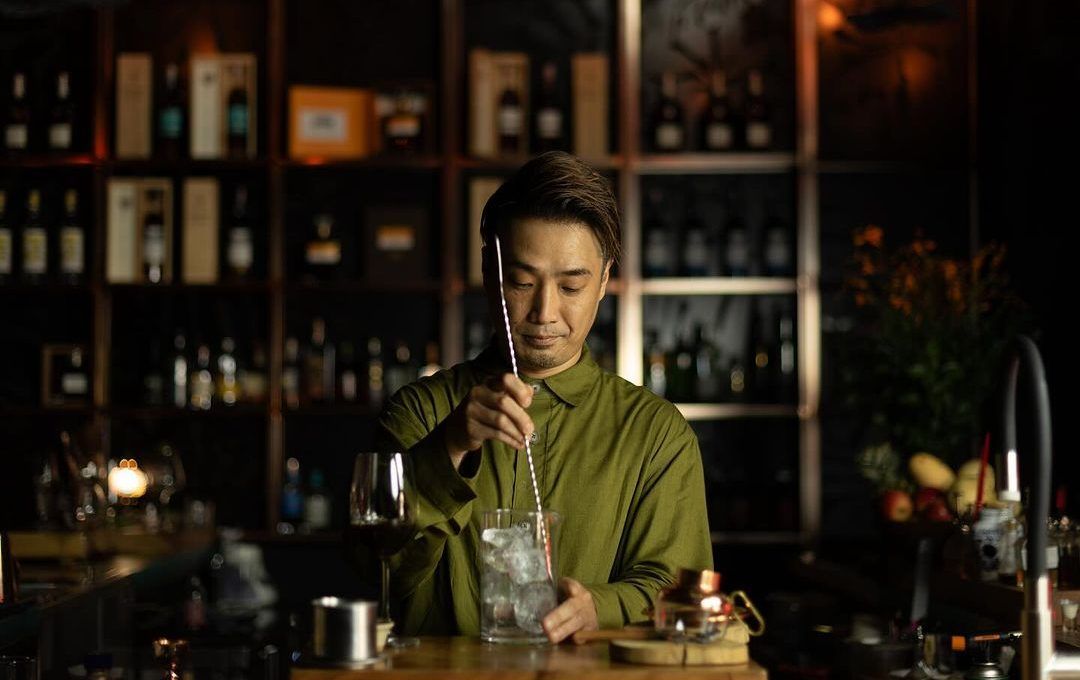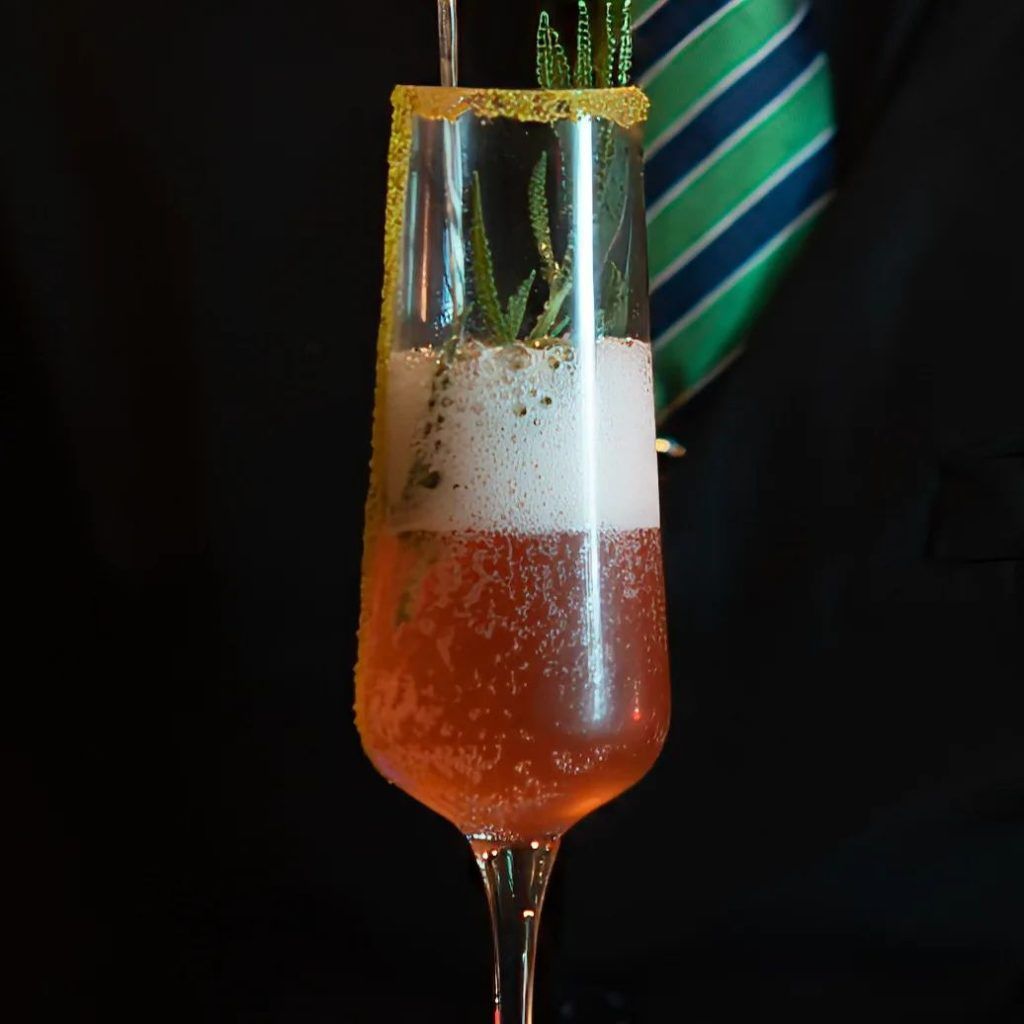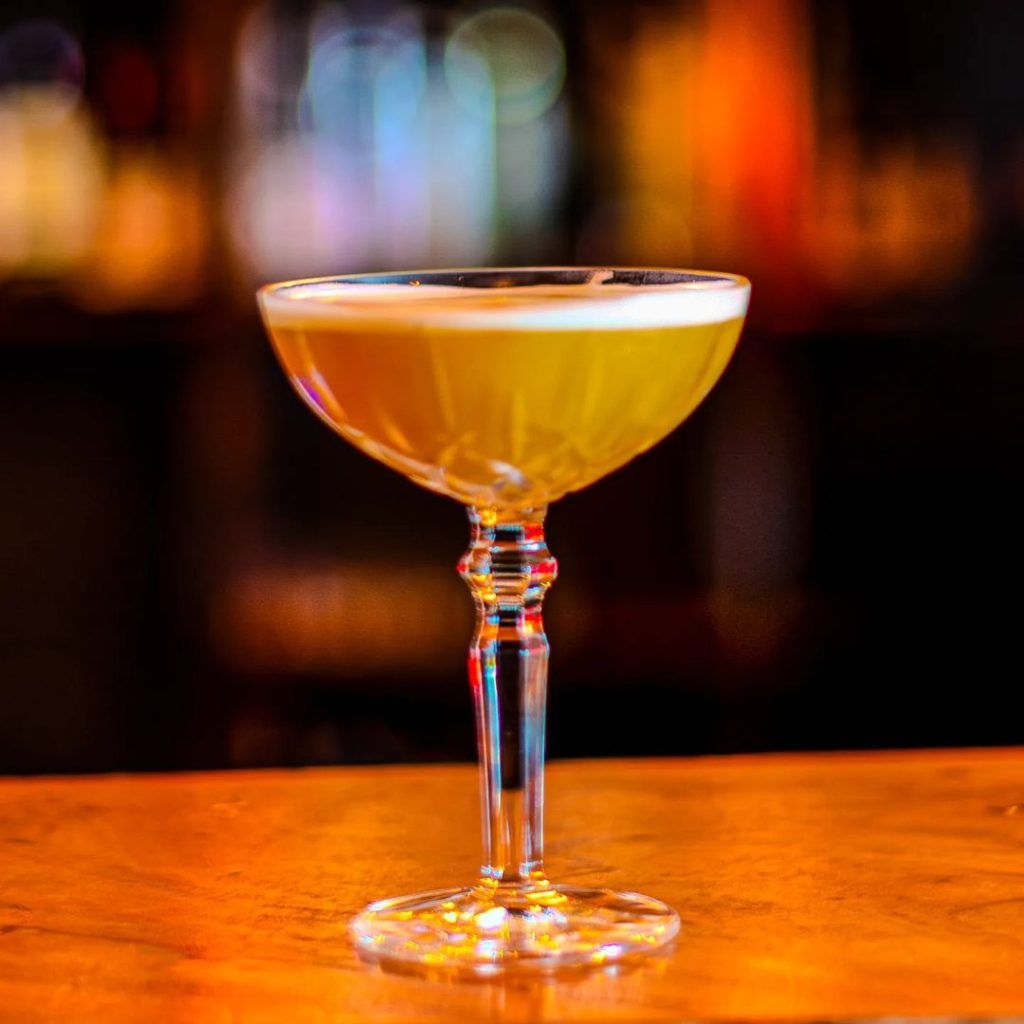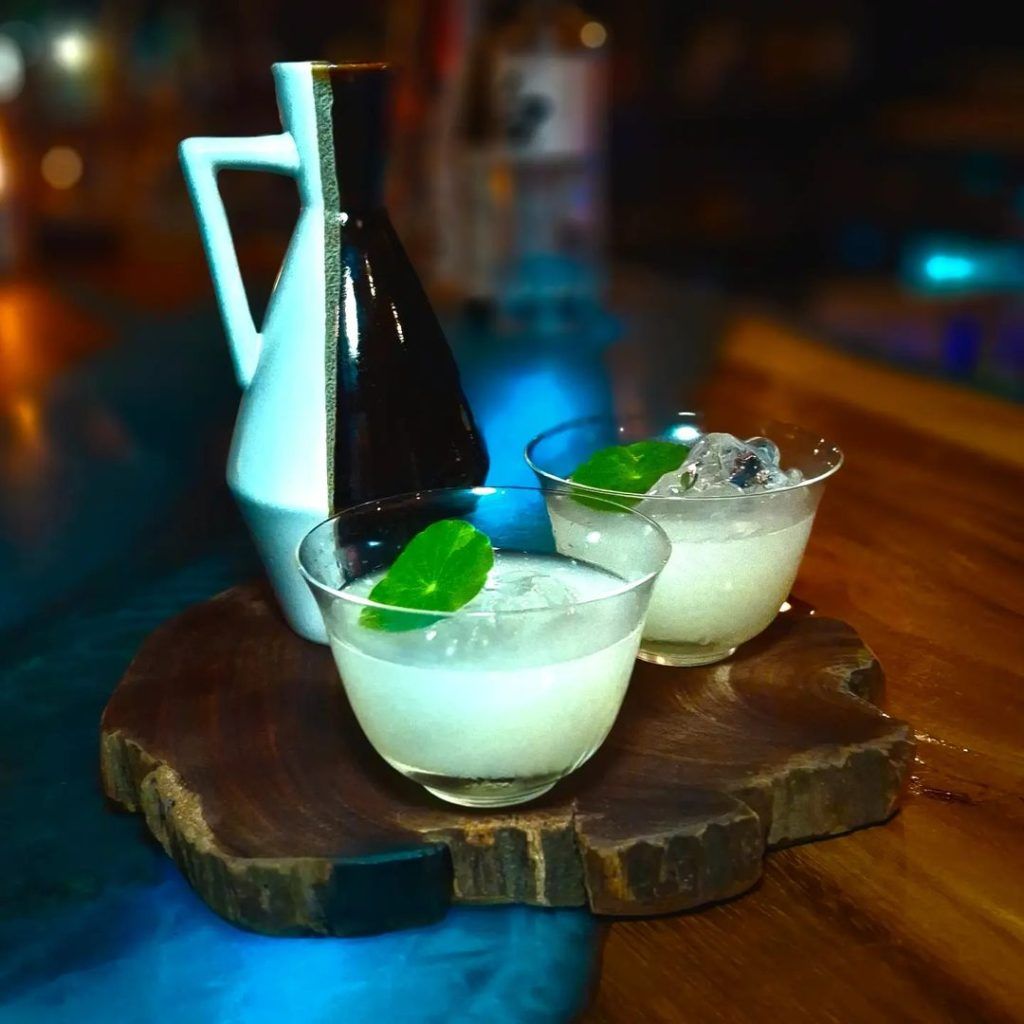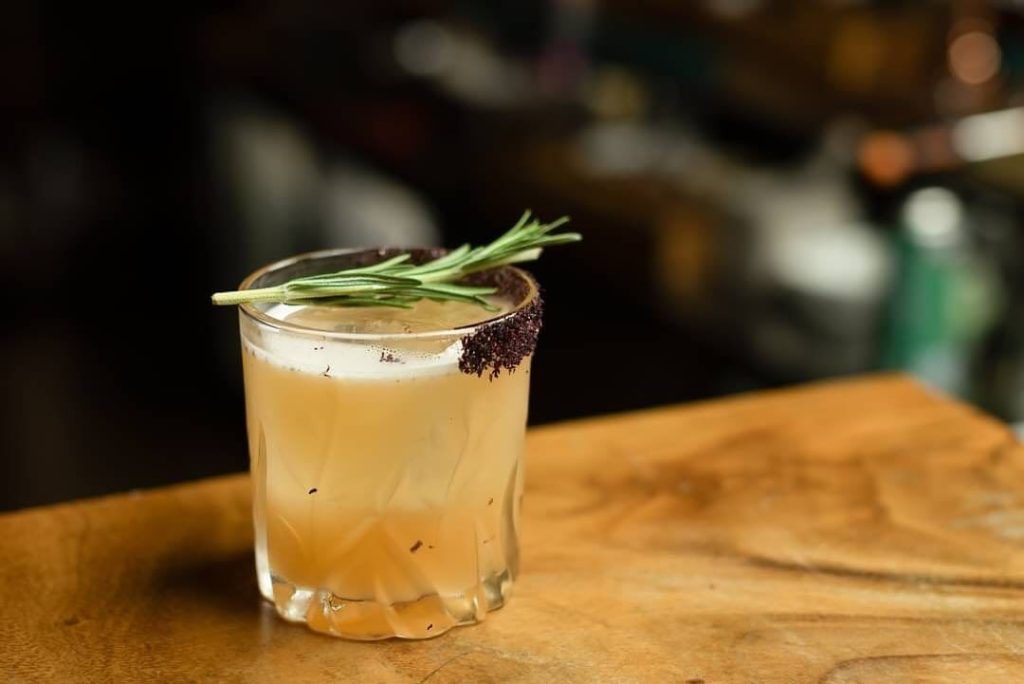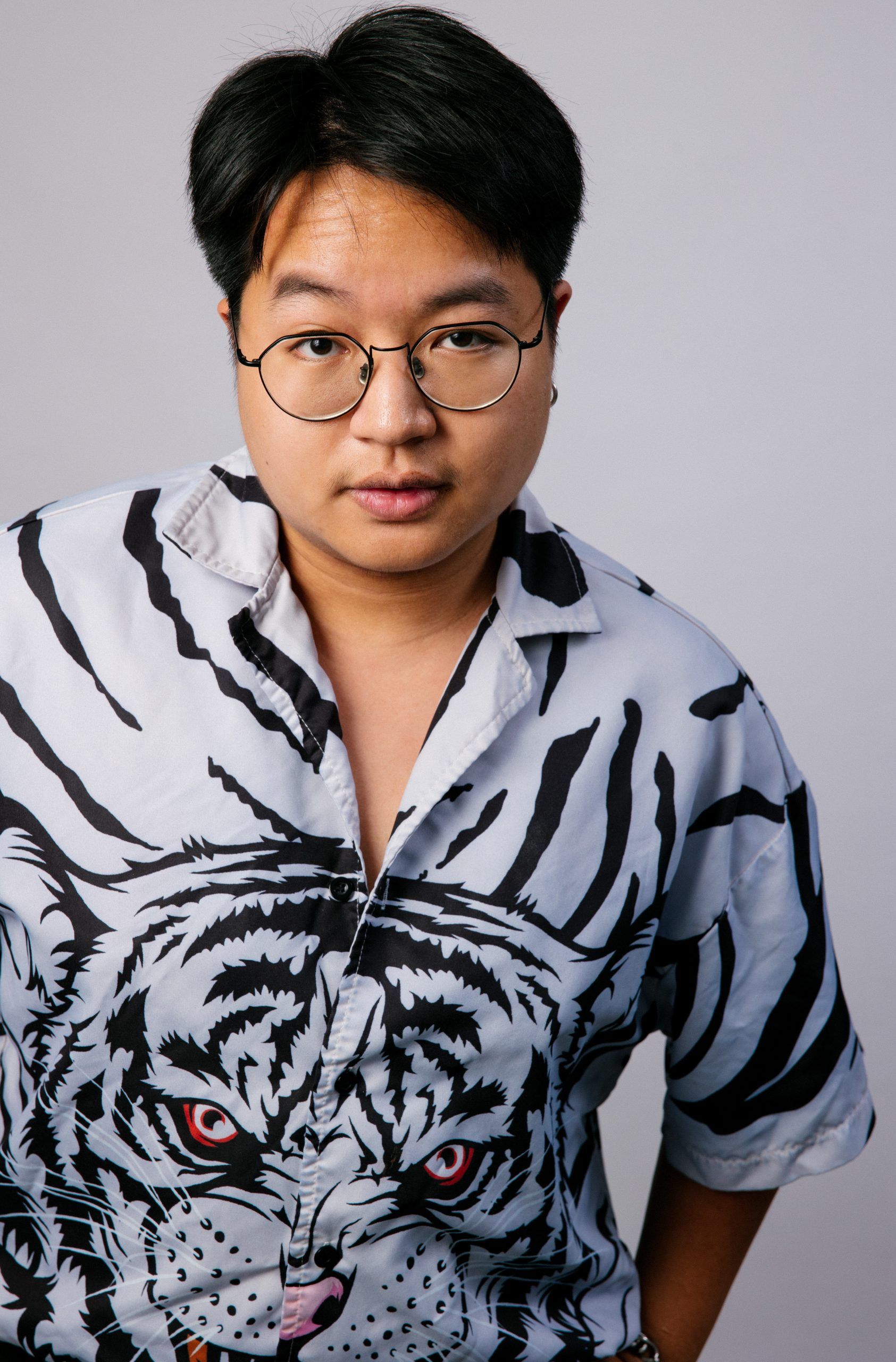Grab a seat by the bar, order a drink, and it’s all going to be o-Kei. Frog Bar recently opened in Sukhumvit 49, and is now a favourite of many. So, we talked to Kei Sawada on how he sets himself apart as a bartender, and more.
Tucked away in a quiet residential area, Frog Bar prides itself on providing an intimate, private setting. It’s perfect for when you want somewhere to unwind, catch your breath after a long day, or hang out with some company. Their cognac and armagnac collection entices collectors, and their signatures never fail to impress.
The mind behind the bar is Kei Sawada, who grew his fame in Bangkok during his time in Japanese-style speakeasy Salon du Japonisant. Some may even recognise him from pairing cocktails with food at the Latvian restaurant, The White House. With his experience and personal philosophy, he keeps Frog in check and the guests smiling ear to ear.
So, we walked down the tiny soi, ordered a Sidecar, and asked Kei the secret to his bartending. Here’s how it went.
[Hero and featured image credit: Frog Bar]
Interview: Cocktails and bartending mindset with Kei Sawada of Frog Bar
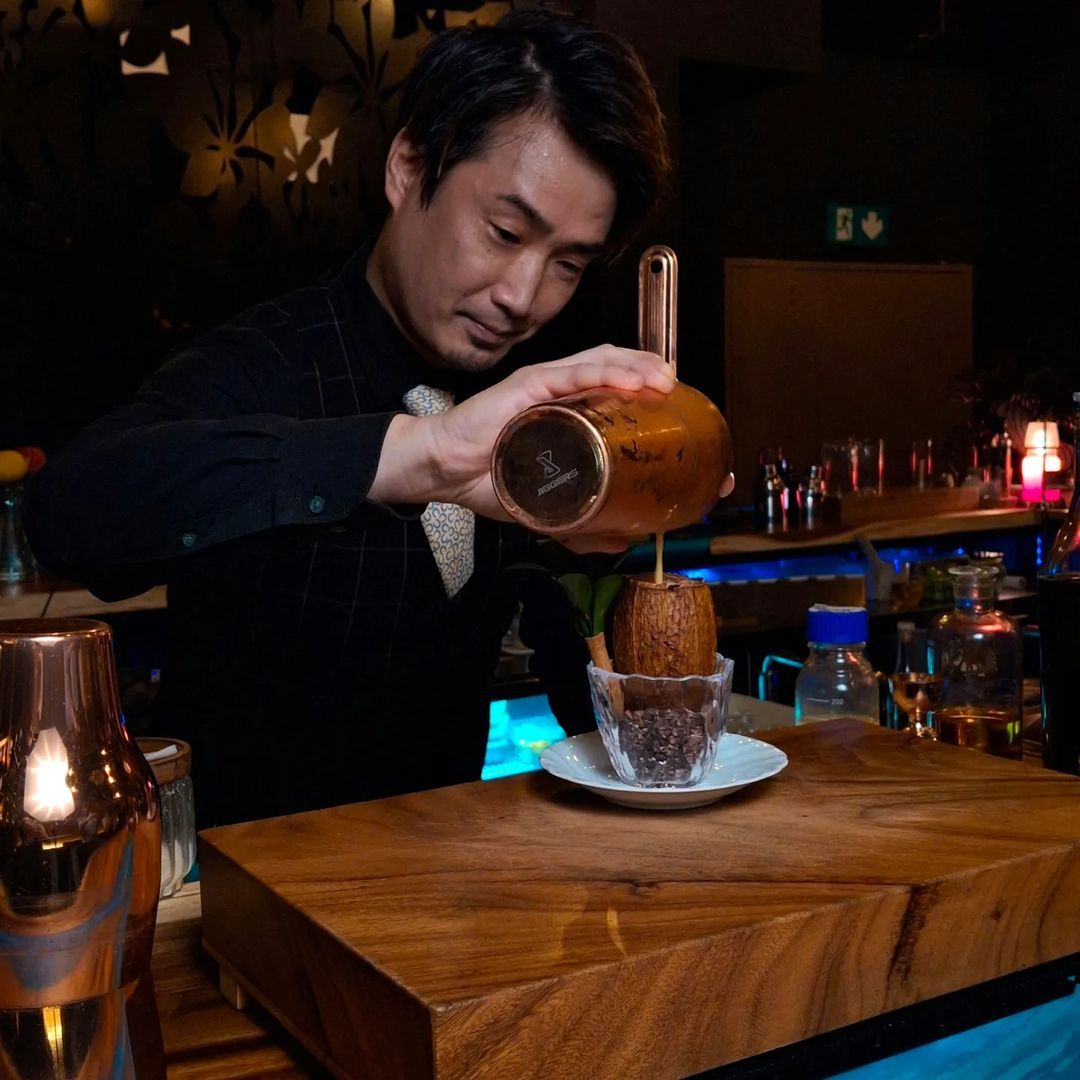
How did you become interested in being a bartender?
I majored in journalism, and worked part-time in a TV station for four years when I was in university, but the more I worked the more I realised that was not for me. I got to Toronto, Canada, and started learning English and working in pubs. That was really the start of my career. I became interested in cocktails for the first time when I got to make drinks at the bar.
After Canada, I moved to South America, went to a lot of bars, and met so many people I learnt a lot from. Then, I came to Thailand to work with an alcohol supplier. I finally got to start working in a serious cocktail bar: Salon du Japonisant. I learnt how to sell, but I also studied a lot by myself. I learnt how to present my own identity as a bartender using cocktails.
How do you present your identity using cocktails?
It’s a lot of things. Ask yourself why does it have to be you making this drink and no one else? How do you set yourself apart? For me, I play a lot with glassware, I use teapots, sake glasses. I love pairing sake with fresh fruits, blending Japanese with Thai.
For you, what makes a good cocktail?
First is temperature. Some cocktails are supposed to be warm, some very cold — a drink’s characteristics change when the temperature changes. The cold makes many spirits easier to drink, but warmth brings out aromas and flavours.
A Martini needs to be cold. A Vesper needs to be colder. That’s common knowledge, but that’s when the customer comes into the equation. Some customers prefer one gin over another. If they choose a top-shelf, craft gin, you can’t make it too cold or you’ll lose the characteristics of the gin. If they just want a Martini, make it cold.
Second is balance. A cocktail normally balances between three tastes: sweet, sour, and bitter. Gimlets and Daiquiris are good examples. Easy recipe — three components — but the customers’ palate changes with time and location. Finding the right balance for each customer makes a good drink.
Putting temperature and balance together: After shaking a cocktail and lowering the temperature, the sweetness is reduced and the sourness becomes stronger.
A good cocktail should make every customer feel satisfied, from professional drinkers to the ones just starting out. Too much creativity and nobody understands what they’re drinking. Sometimes the most simple drink impresses the most. Get the basics right, and see where to go from there.
What’s a classic cocktail you like to make?
I’ll give you three. One, Gin and Tonic. Two, Gimlet. Three, Old-Fashioned.
When you go to a bar, this is how you check a bartender’s skills and philosophy. Gin and tonics are all about the balance. Gimlets also need balance, but they depend a lot on how your shaking technique is. Same goes with stirred spirit-forwards such as an Old-Fashioned or a Manhattan.
Order an Old-Fashioned. Just which whisky the bartender chooses, tells us their preference and product knowledge. There are some whiskies more suited for an Old-Fashioned, but that doesn’t mean every bartender loves to use them. Peated whiskies are harder to balance in an Old-Fashioned, and some bartenders make it their challenge to make it work.
To make a good Gin and Tonic, freeze the gin. The kind of tonic you use also matters, because some gins are more spiced, some are more floral, which goes with different kinds of tonic. The quality of the ice also changes the drink. These little things give complexity to something as simple as a Gin and Tonic.
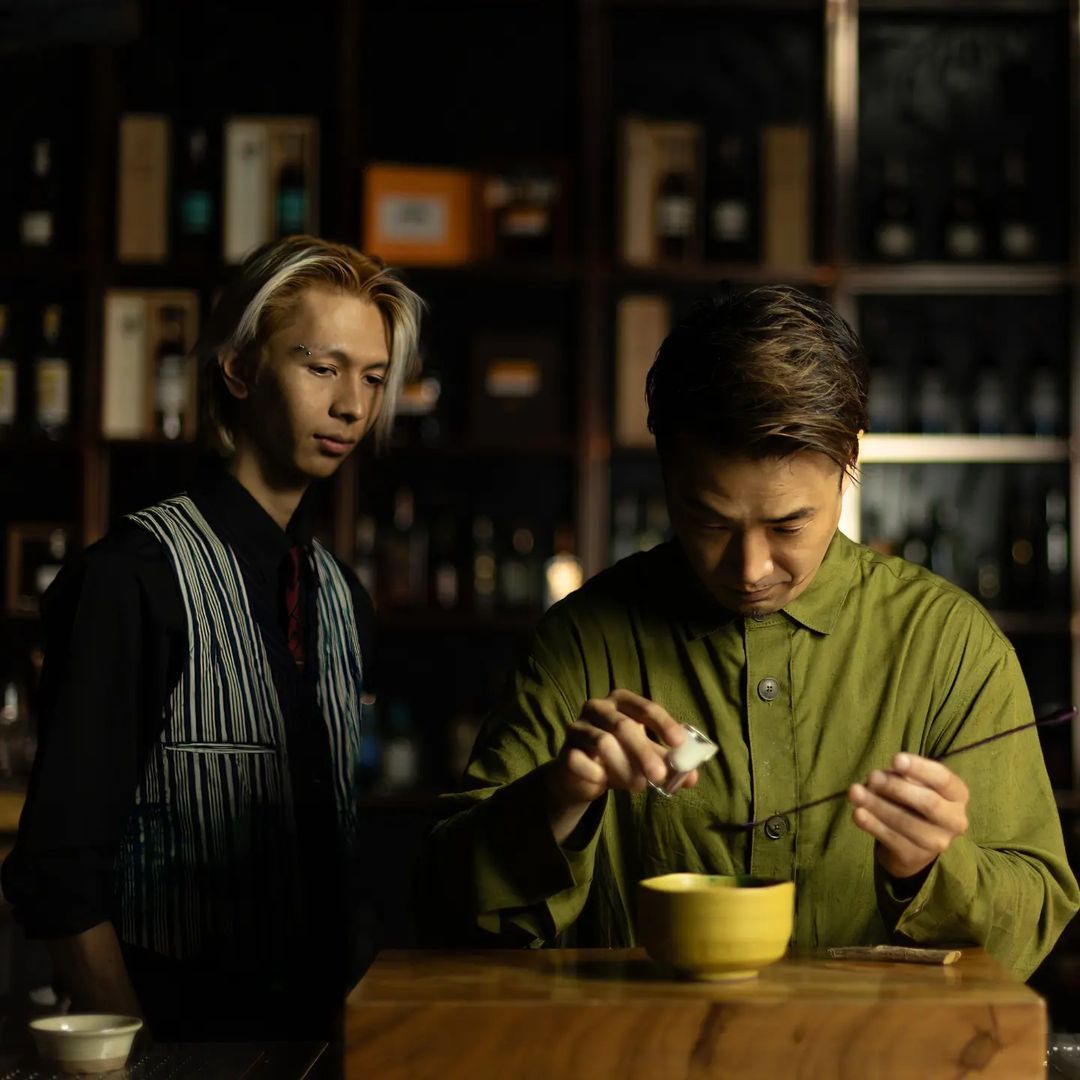
What’s the weirdest order you ever received?
Sushi cocktail. I’ve done food cocktails before — I have the cold ramen as a cocktail here at Frog — but that really got me thinking how to even start. So wasabi, rice vinegar, mirin, rice, fish; I had to make it right in front of the customer and those ingredients made a really weird cocktail.
I also got a request to do a foie gras cocktail, so I used the oil from foie gras to fat-wash whisky, combined it with chocolate, and turned it into a spirit-forward cocktail.
What are your top 3 favourite anime?
- Fullmetal Alchemist
- Parasyte
- Vinland Saga
Also special mentions to Violet Evergarden and Frieren: Beyond Journey’s End.
Recommend a few bars in Bangkok.
First is The Bar Vagabond. They’re perfect if you want to enjoy Japanese hospitality. I know Mazaki doesn’t like me [laughs] but he really understands how to run a Japanese-style bar, so go there and get a highball with his ramen. Every ball of ice he makes himself.
Second is Midlife Crisis. Gov‘s creations are the only ones in Bangkok that surprise me. Third is Ku Bar, I love how nice their cocktails are.
What advice would you give to bartenders just starting out in the industry?
Copy a lot. Check Instagram, read books, go see other bartenders. The more you can copy them and their process, the more you discover your style of bartending. Even with classic cocktails with the same recipe, each bartender produces them differently, so for me, trying to copy them is like travelling to their bar.
You learn new recipes, you understand new mindsets. Step by step, you understand who you are.
Before I started mixology, I copied Hiroyasu Kayama (Benfiddich, Tokyo), I copied Shingo Gokan (SG Group). I watched their Youtube videos a hundred times so I can understand their mindset, why they make cocktails the way they do.
A Martini is gin and dry vermouth, every bartender knows, but think beyond that: “Why is dry vermouth used for a Martini?”, “How do I use vermouth in other cocktails?, “Why is vermouth in the same category as sake?”, and so on. Understand how to use spirits. Do trial-and-error. Examine each mistake you make. Go to a lot of bars. Expand your mindset. Challenge BKK Social Club.
Frog Bar, 237, Sukhumvit 49, Khlong Tan Nuea, Watthana, Bangkok. Open daily, 5pm-midnight. Tel. 084 093 9993.

